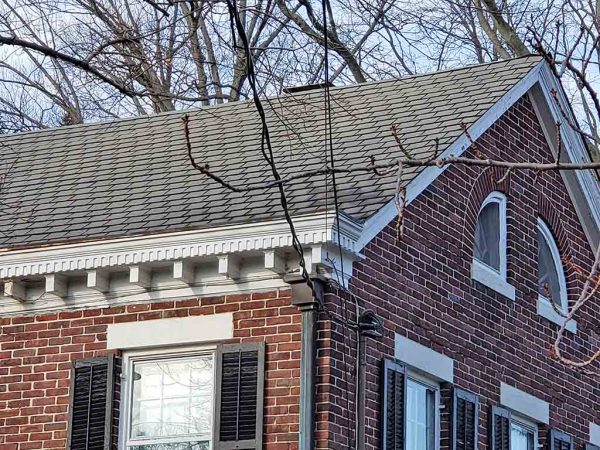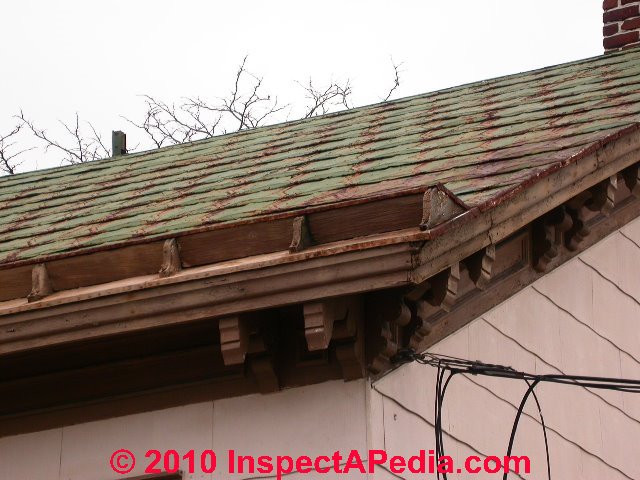History Of Built In Gutters
At the ends of each gutter were decorative gargoyles that give an image of spitting water whenever it rains.
History of built in gutters. Around the same time residential gutters began to develop from wood usually cedar or hemlock. As the romans built their roads they used gutters to carry mud and water. They tend to be v shaped and made of wood sometimes lined with metal. A majority of built in gutters are lined with formed metal.
Built in gutters begin appearing on new buildings in the united states. The indus valley harappan civilization which lasted from 3300 to 1300 bce used water based toilets that were linked by drains. Cathedrals and other similar structures were built during the middle ages featuring stone roofs with built in gutter systems. Prominent structures like churches began being built with stone roofs which had built in gutter systems.
From there succeeding civilizations saw the need to shed rainwater from building foundations. The history of rain gutters dates back to the indus valley civilization between 3000 bc and 1500 bc. What does guttering do. The romans understood the importance of water and named the goddess of the sewers cloacina.
The earliest metal used for the lining is terne plate. Many built in troughs have been supplanted with easy to maintain open gutters. Constructed from bricks made out of burnt clay these ancient gutters would serve less than today s purposes. Gutters become popular on buildings in the american colonies.
Gargoyles were a popular decorative feature at the end of these systems made to look as if they were spitting out the water. Terne an alloy of lead and tin was applied over sheet iron then later steel. The romans introduced guttering to great britain or britannia as they would name it to both disperse rainwater and store it for later use in cisterns. They even developed guttering along rooftops.
The romans also engaged in early forms of guttering between 27 bc 14 ad.















































